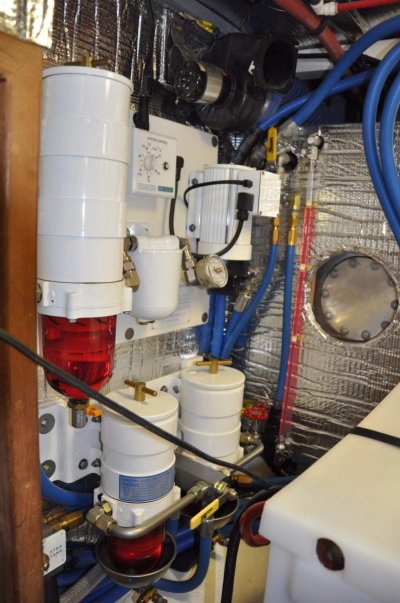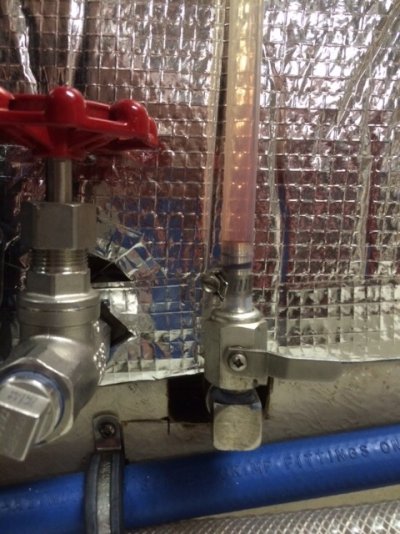Here is the answer I found and am very satisfied with the purchase of 20 feet:
GO TO THIS LINK and read about details:
Superthane® Ester Base Tubing | U.S. Plastic Corp. and
3/8" ID x 5/8" OD x 1/8" Wall Superthane® Ester Based Tubing | U.S. Plastic Corp..
GO TO THIS LINK to place an order and read about more details:
The product you are looking for is 3/8" ID x 5/8" OD x 1/8" Wall Superthane® Ester Based Tubing, Item #56417
PRODUCT DESCRIPTION:
This 3/8" ID x 5/8" OD x 1/8" Wall Superthane® Ester Based Tubing has a working pressure of 100 PSI @ 70°F and a burst pressure of 300 PSI @ 70°F. Standard length is 100' and it weighs 10.22 lbs per 100'. It has a durometer of 85 A (±5), a tensile strength of 6000 PSI and the elongation at break is 550%. Values are typical and should only be used as a guide.
Superthane® Ester Base Tubing
Clear, flexible, resilient, tough; resistant to oils, greases, and fuels. Extremely resistant to weathering, tearing, impact, radiation, and abrasion. Wide range of temperature resistance: -95°F to 185°F. Contains no plasticizer that can cause flow contamination or tube hardening. Manufactured from FDA-sanctioned ingredients for use with wet and fatty food contact surfaces. Can be heat sealed, coiled, fabricated, or bonded. Hydrolytic Stability -- Ester polyurethane does not react well with water, prolonged humid conditions, or attack from fungus. Superthane® PU tubing is much more resistant to pressure and vacuum applications than corresponding sizes of PVC or rubber. Although polyurethane is commonly used in fuel applications, due to additives in today's gasoline and petroleum products, field testing should be performed. Superthane® is a registered trademark of NewAge® Industries. Phthalate free. Standard length of 100'. Priced per foot; sold in 10 ft. intervals only.

 Yes.
Yes.

